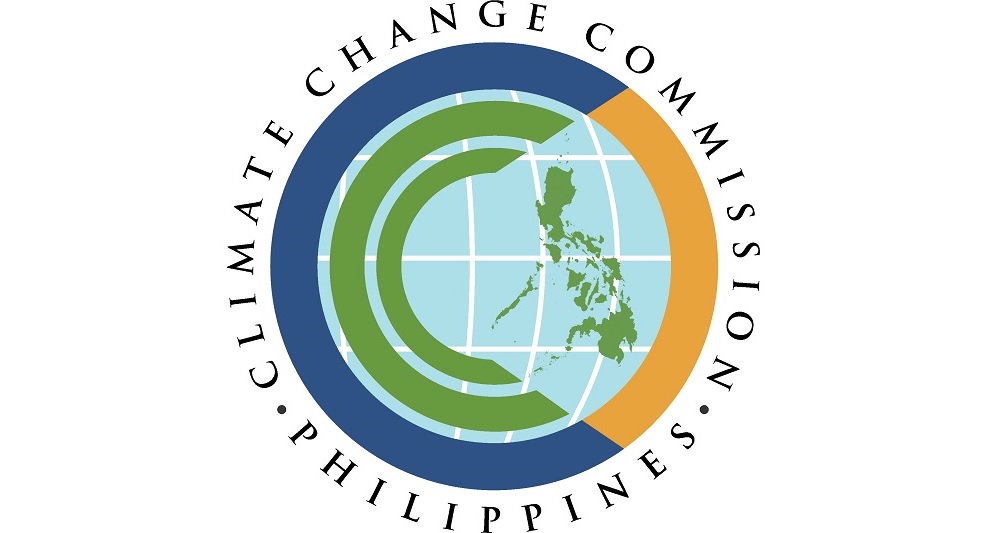The Climate Change Commission (CCC) issued a Commission Resolution No. 2016-001 entitled “Resolution on the Development of a Clear Policy on Coal-Fired Power Plants in Pursuit of a Low Carbon Development Pathway for the Philippines.” The Resolution calls for the CCC, together with other National Government Agencies and stakeholders, to facilitate a national policy review and framework development on energy, through a whole-of-nation approach. The Review adheres to the envisioned low carbon development pathway and accounts for national goals and targets for climate change adaptation and mitigation set in the National Climate Change Action Plan for 2011-2028.
The National Policy Review on Energy (NPRE) identified the following key areas to look into in order to advance renewable energy development:
- Renewable energy support scheme - Several policy mechanisms under the Renewable Act have yet to be fully implemented, such as the mandatory imposition to power suppliers to carry a minimum share of renewable energy in their supply portfolios, including in off-grid areas. Channeling the universal charge for missionary electrification (UCME) to fund hybridization of diesel generator sets in off-grid areas, rather than just providing subsidy for high diesel prices should be implemented.
- Defining “least-cost” electricity - The current definition of “least cost” ignores a decisive portion of the cost for fossil fuel usage. Long-term purchase agreements with a pass-through of fuel costs lead to distortions of competition. To ensure that current investments do not put a burden on consumers in the future, the definition of least cost should be reviewed.
- Integrating fluctuating wind and solar - Electricity supply from wind and solar sources is fluctuating. With high future shares of renewables, adjustments to the operation of power plants and the electricity grid are required. While there is no immediate danger for system security, appropriate measures need to be undertaken in the mid to long term. A grid integration roadmap can ensure that these actions are anticipated in a timely and efficient fashion.
Energy Demand
- The Department of Energy expects the country’s peak demand for electricity in 2030 to reach 30,189 megawatts (MW), or nearly 70% more than the current dependable capacity. The majority of capacity additions in the pipeline are coal power plants. Out of the committed and indicative power plant projects, 13,265 MW stem from coal, 2,500 MW from natural gas, and 254 MW from oil-based technologies.
- Meanwhile the combined total capacity of renewable energy (RE) projects in the pipeline amounts to 5,435 MW (Wind 2,136; Hydro 1,554; Solar 1,314; Geothermal 253; Biomass 178). If all projects are built, fossil fuel-based plants (15,569 MW) will continue to dominate the electricity generation sector.[1]
Cost of Renewable Energy
- Cost for RE projects around the world are often on par with or better than coal power. Prices for RE are projected to continue their rapid decline, while coal price developments beyond a 3-5 years’ time frame remain highly unpredictable. While new coal power plants might seem to offer cheaper electricity prices in the near term, they cannot offer a guarantee of low prices over the long term.
- To be bankable, independent producers insist on ‘pass through clauses’ in power purchase agreements. Factoring the increases in coal prices and the weakening of the Peso since 2017, coal power plants might not be competitive with RE even in the medium term. As the typical lifetime of a coal power plant is 40-50 years, overdevelopment of coal power infrastructure therefore carries a significant risk of stranded investments for the private sector and high electricity tariffs for consumers, as fuel costs in the Philippines are being passed on to consumers.
Renewable Energy and Green Jobs
- An energy system with increasing shares of RE sources can provide the Philippines with clean air and a healthy environment. Additionally, it can ensure the achievement of established GHG reduction goals and trigger economic growth through the creation of a renewable industry and energy access in remote areas.
- International studies show that RE technologies, in particular solar energy and biomass, have significantly higher labor intensity (jobs-years per kWh) than fossil energy[2]. This implies greater job creation. Consequently, many countries have identified the promotion of RE as an efficient way of addressing poverty by creating additional incomes, new jobs and new enterprises. Globally, more than 10.7 million people work in the RE sector in 2017.
[1] Climate Change Commission. (2018). Paving the Way for a Clean and Sustainable Future (National Policy Review on Energy).
[2] International Renewable Energy Agency (IRENA). (2011). Renewable Energy Jobs: Status, Prospects & Policies.

